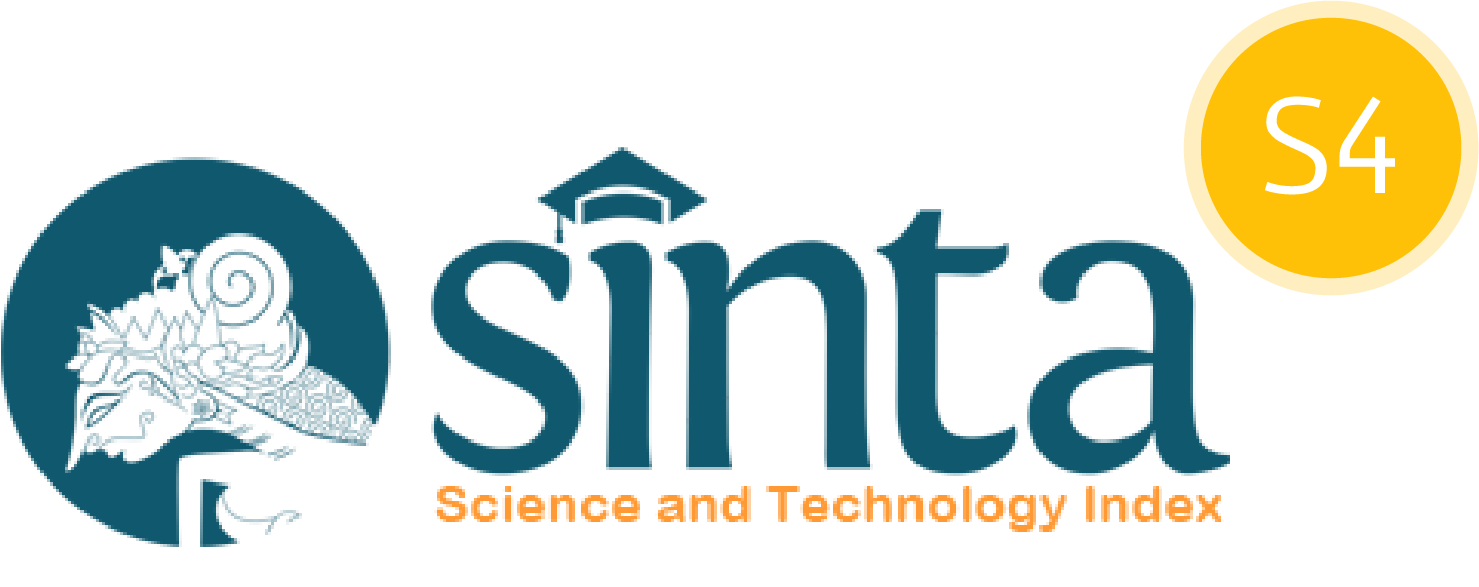Performance Measurement of Classification Model with Data Oversampling in Supervised Learning Algorithms for Heart Disease
DOI:
https://doi.org/10.31294/coscience.v4i1.2389Keywords:
ADASYN, Classificcation, Heart Disease, SMOTE, Supervised LearningAbstract
Heart disease remains a leading cause of death in Indonesia and worldwide. In the realm of data mining, class imbalance between heart disease and normal samples within datasets presents a significant challenge. This disparity can lead to model bias toward the majority class, resulting in suboptimal performance in identifying instances of heart disease. This study addresses this issue by implementing oversampling techniques, particularly Synthetic Minority Over-sampling Technique (SMOTE) and Adaptive Synthetic Sampling (ADASYN). The findings reveal that models without oversampling achieve accuracy and precision exceeding 80%, but exhibit poor class separation performance. In contrast, models employing oversampling, despite experiencing reductions in accuracy and precision, enhance their ability to distinguish between heart disease and normal classes. The top-performing model utilizing the Random forest algorithm with SMOTE attains an AUC value of 0.868, signifying a significant improvement in class separation. These discoveries provide essential guidance for the development of more effective and accurate heart disease classification models. The utilization of oversampling techniques, such as SMOTE, proves to be an effective strategy for mitigating class imbalances in heart disease data mining. While accuracy and precision may decrease, the model's capability to identify heart disease becomes more reliable, with notable outcomes assessed using AUC. This research contributes significantly to enhancing efforts in heart disease prevention and treatment through sophisticated and sustainable data mining techniques.
Downloads
Published
Issue
Section
License
Copyright (c) 2024 Anis Fitri Nur Masruriyah, Hilda Yulia Novita, Cici Emilia Sukmawati, Angga Ramda Ramadhan, Siti Novianti Nuraini Arif, Budi Arif Dermawan

This work is licensed under a Creative Commons Attribution-ShareAlike 4.0 International License.


















